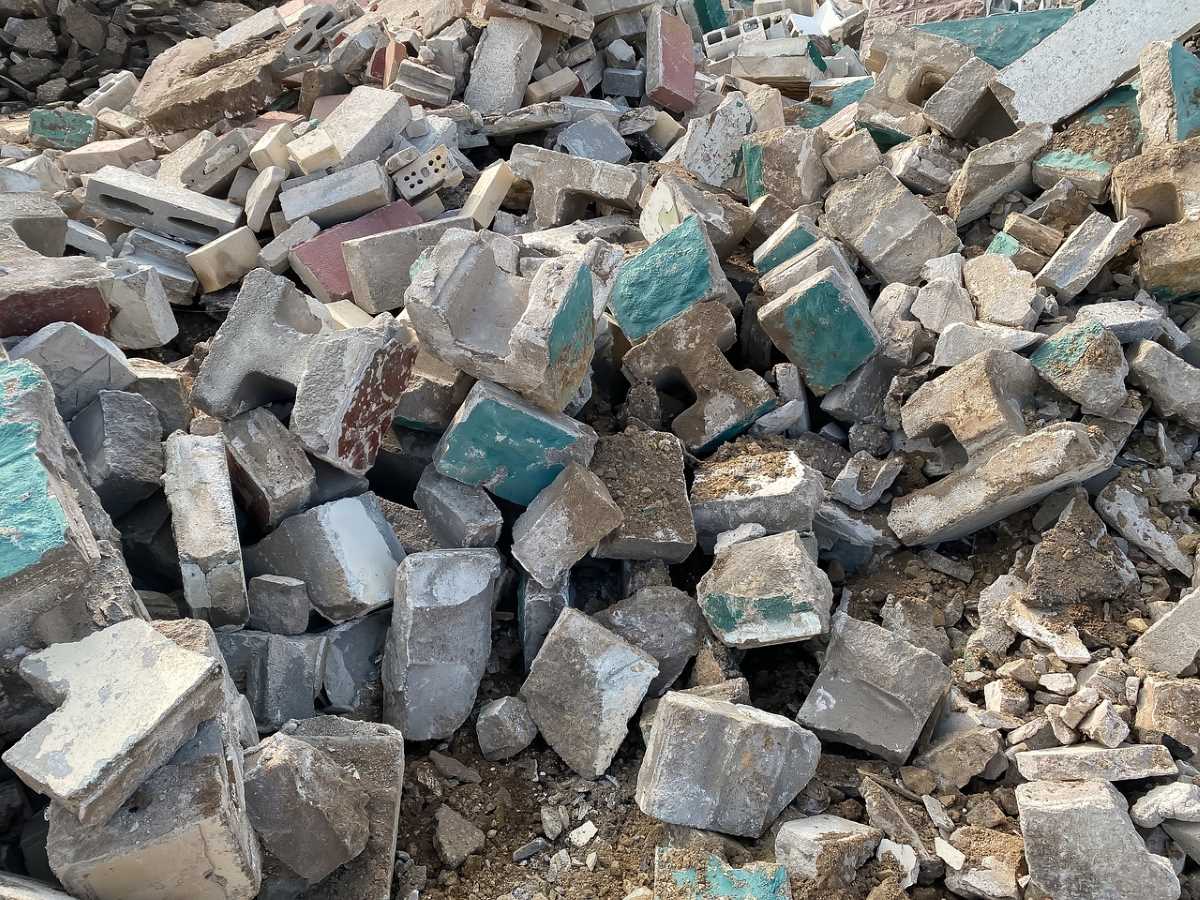Mazatlán's Construction Waste and Environmental Concerns
Mazatlán's construction surge brings an environmental dilemma. Debris, often improperly disposed of, harms public spaces and ecosystems. New regulations aim to redirect waste through recycling, forging a path to a greener future and responsible progress.

In the heart of Mazatlán's bustling construction boom lies a hidden challenge that threatens the city's environmental well-being. Amidst the rising skyscrapers and expanding urban landscape, the remnants of progress, construction debris, often find their way into public spaces, abandoned lots, and even delicate ecosystems like estuaries and marshes.
While recycling is typically associated with plastics, aluminum, and paper, the story of Mazatlán's construction waste paints a different narrative. Debris, a seemingly forgotten treasure of reuse potential, faces a fate of improper disposal and environmental degradation.




